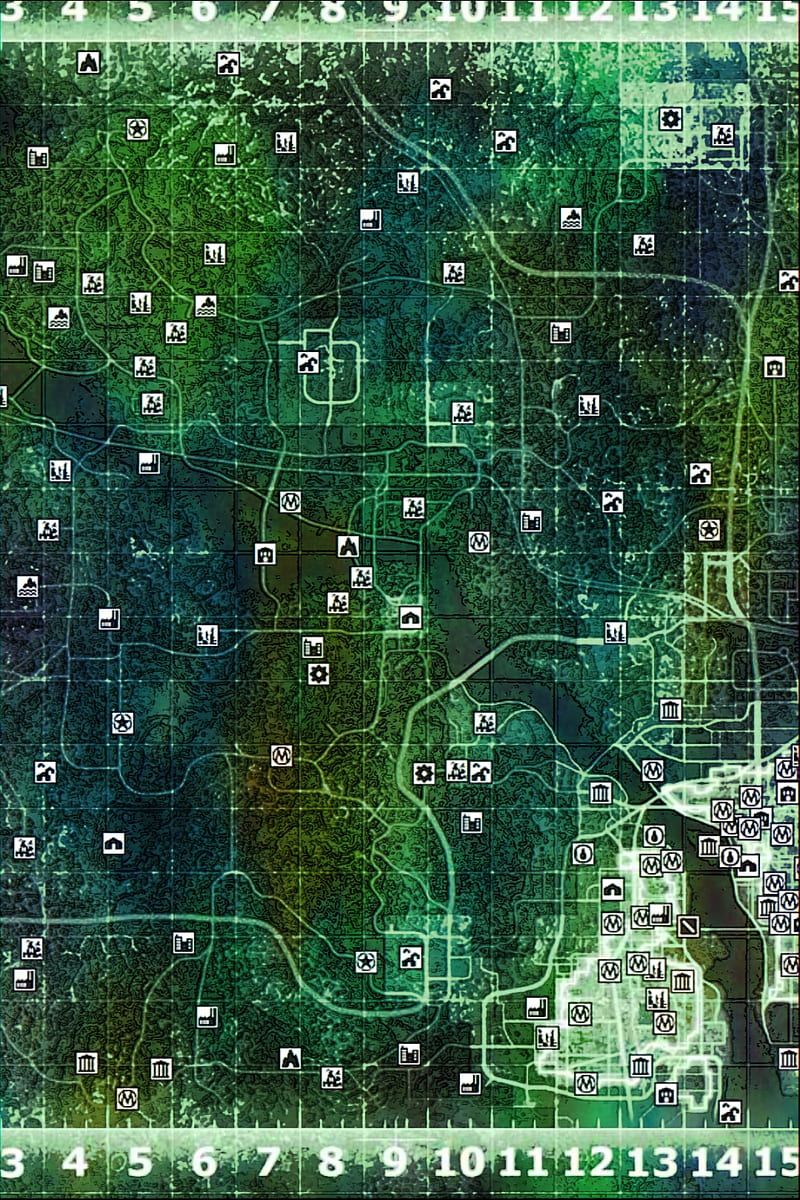
/do0bihdskp9dy.cloudfront.net/09-14-2021/t_4935885cc8344768b477d354418c60ee_name_file_1280x720_2000_v3_1_.jpg)
introduced players to a world in which the landscape - the mysterious “Zone” - became a character in its own right. Ukrainian studio GSC Game World released S.T.A.L.K.E.R.: Shadow of Chernobyl the same year Call of Duty 4 came out, but while both featured first-person shooter gameplay set in Chernobyl, in S.T.A.L.K.E.R.’s case it was more than just stage dressing. The same cannot be said for S.T.A.L.K.E.R. Now it’s a ghost town.” This Chernobyl setting lent Call of Duty a new dimension of danger and intrigue it created a strong visual impression, although, really, the gameplay that followed could have been located practically anywhere. The mission opens with panoramic shots of Pripyat’s deserted housing blocks, while a voiceover intones: “50,000 people used to live here. It featured a stealth mission titled “All Ghillied Up,” which was set in Pripyat, the abandoned workers’ city that stands alongside the Chernobyl Nuclear Power Plant. In the West, Call of Duty 4: Modern Warfare was a blockbuster. In 2007, two games were released that imprinted Chernobyl into the minds of a whole generation of gamers. In reality, though, queues at the Chernobyl checkpoint had been growing at a consistent rate for a decade prior - and the touristification of Chernobyl owed at least as much to video games as it did to television. The real Chernobyl Zone saw a record number of 124,000 visitors that year, and many commentators suggested the HBO show had caused a sudden Chernobyl tourism boom. In May 2019, HBO’s miniseries Chernobyl became an unprecedented hit. By the time I finish my drink I’m listening to Doris Day croon: “Again… this couldn’t happen again / This is that once in a lifetime / This is the thrill divine.” As I join the other tourists and queue for a coffee, speakers play “I Don’t Want To Set The World On Fire” by The Ink Spots, a track lifted straight from the soundtrack of Fallout 3. There’s “Chernobyl ice cream,” advertised by colorful signs reminiscent of the Raygun Gothic style of atomic-era Americana.

At the entrance to the Chernobyl Exclusion Zone in Ukraine, 35 years on from the worst nuclear disaster in history, a yellow souvenir van sells T-shirts, key rings, and glow-in-the-dark “Chernobyl condoms,” all branded with gas mask symbols or stylized radiation warning signs.


 0 kommentar(er)
0 kommentar(er)
